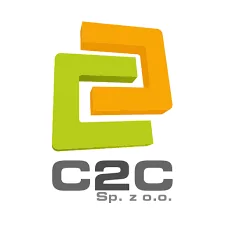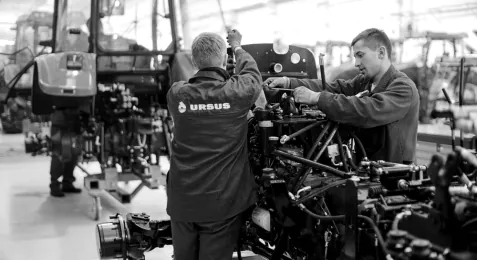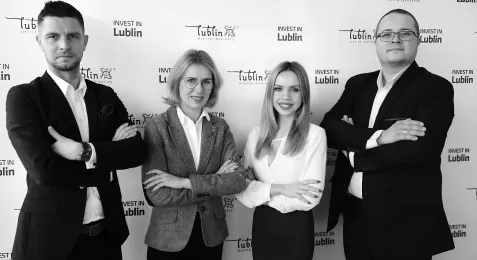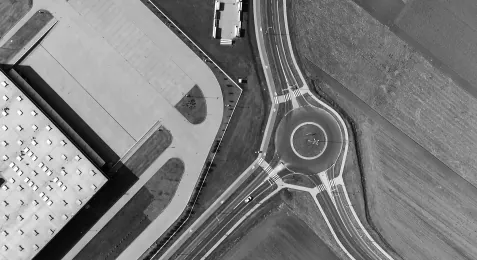Lublin Info Centre
C2C paving the way for greener future
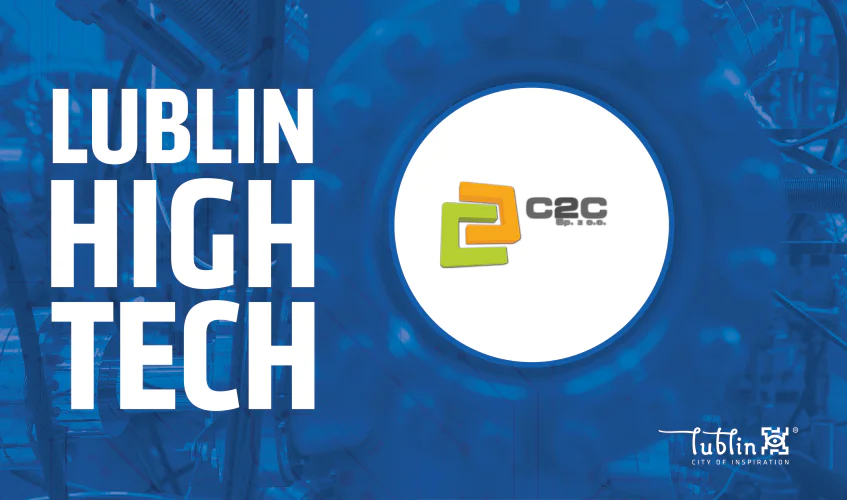
Could you please describe your company’s origins in the circular economy field and provide details about your technology, its competitive advantage, and innovations?
Our company’s first breakthrough was a material change we implemented in a widely used food-contact bag. This bag featured several advantageous properties, including a thin-walled design that reduced material consumption, an oxo-biodegradable layer that facilitated accelerated decomposition of the bag, and a bacteriostatic layer that inhibited the growth of microorganisms that can cause spoilage of meat and vegetables. As a result, our bag significantly extended the shelf life of packaged meat.
Another of our innovative products was a fully bio-compostable film made from cornstarch. We conducted extensive research to optimize the film’s thinness and mechanical properties. As the bio-compostable film decomposes when exposed to the environment, we wanted to programme its decomposition time to meet certification standards. Our company became the first in Poland to receive the ‘OK Compost Home’ certification from TÜV Austria for the bio-compostable film. This certification guarantees 100% decomposition within 60 days under the conditions of a home composter, without the need for an industrial composter. Unlike traditional plastics, our material decomposes into water, carbon dioxide, and organic matter, which can be used as fertilizer for plants. We collaborated with a Spanish laboratory to put this solution into serial production.
After creating bio-compostable film and products made from it, we worked on optimizing costs. The biopolymer substrate is expensive, making our material five times more costly than standard plastic. To reduce costs and improve mechanical properties such as strength and puncture resistance, we added minerals such as calcium carbonate found naturally in chalk to create a film we call EFC (Eco-Fully Compostable Film). By modifying the formulation, we achieved higher mechanical parameters while reducing the cost of the product. Our bio-compostable film is now only twice as expensive as traditional polyethene film, resulting in increased sales.

What are the applications in which you have achieved the highest sales so far?
Our materials have mainly been used for items like garbage bags for BIO waste, shopping bags, and fruit and vegetable pouches used in large retail stores. We’re currently developing a new range of products, including bio food film and pallet wrapping film made of the same material. However, we’re facing some difficulties with the pallet wrapping film as it degrades when exposed to weather conditions. Despite this, the film is suitable for the dairy industry because it’s breathable and allows for the evaporation of curds and cheeses. Since cheese is a product that hits store shelves in 24-48 hours from the time of production, the film used to wrap pallets doesn’t need to last long. The biofilm will be useful in any situation where the period between packaging and delivery is relatively short.
We’re also working on an agricultural film for mulching soil, particularly for crops such as green lettuce that need to be protected from evaporation or UV rays. Currently, 95% of crops in Poland use traditional polyethene film, which poses a significant environmental problem when it comes to disposal after the growing season. These films often contain soil, sand, fertilizers, and other debris and are difficult to recycle. Our goal is to introduce a closed-loop circulation system in agriculture, which is already well-established in the Lublin region and is an important part of the local economy.
After receiving a positive environmental permit from the Lublin City Hall, we plan to build a large recycling plant on our premises. We aim to collect agricultural film from farmers in the region, recycle it and turn it into different products so that farmers can purchase biocompostable film instead. This type of film doesn’t need to be collected from the field after the farming season. Instead, it can be left to decompose in the environment and turn into soil-friendly humus by spring.
What kind of expenses do you spend on research and development?
Research and development is a significant operating expense in our company. On average, we allocate 1% of our revenues to this area. Our research focuses on enhancing the mechanical and performance properties of our products and optimizing their carbon footprint. By using advanced technologies, we can significantly reduce the carbon footprint of everyday products. We collaborate with external research entities both in Poland and abroad, including Spain, Italy, and Germany. However, we prioritize local scientific units for our main laboratory work. In the past, we worked with the polymer faculty of the University of Technology in Torun, while in the Lublin region, we mainly collaborate with the University of Life Sciences and the University of Economics and Innovation. We’re currently in the process of starting a partnership with the State Academy of Applied Sciences in Chelm.
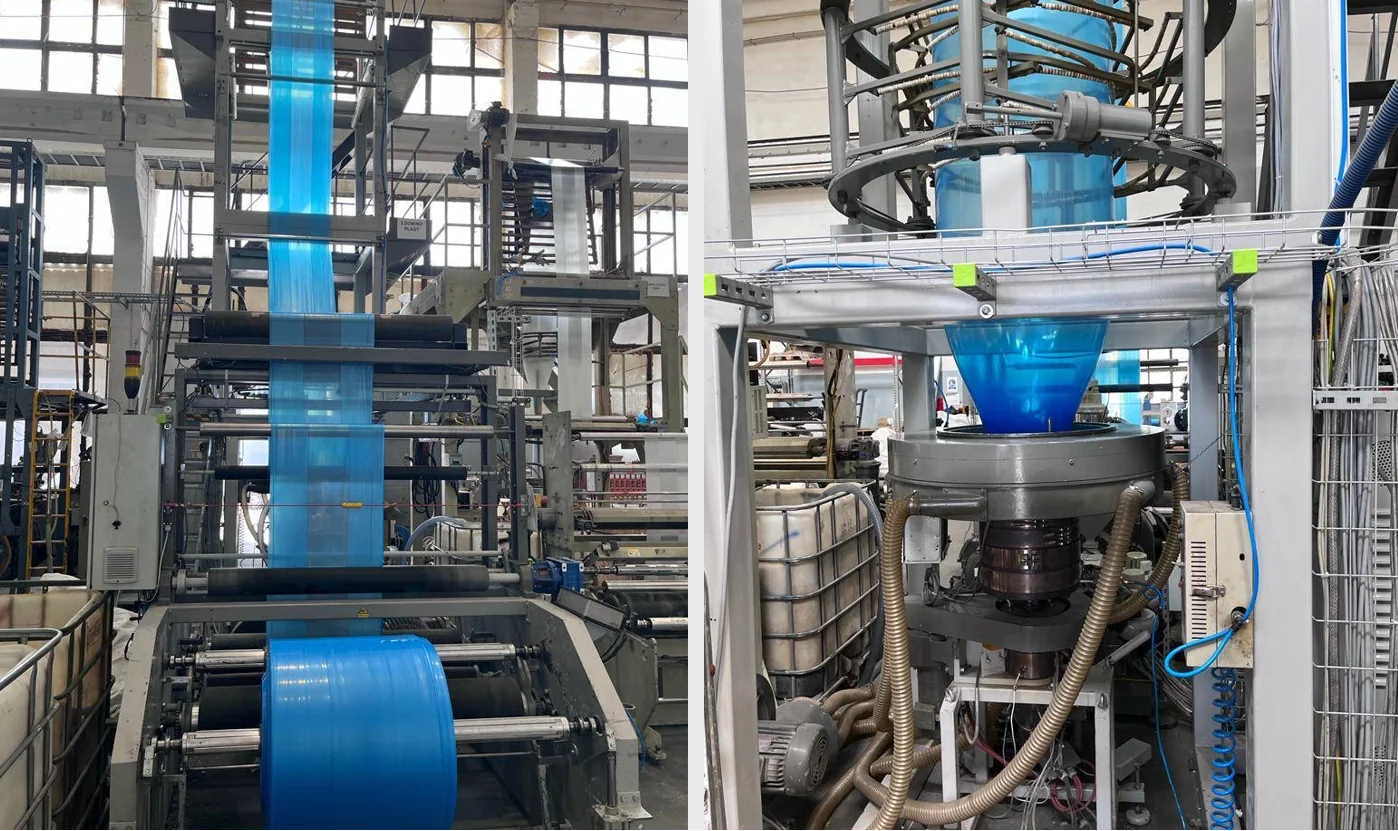
How do you distribute your products? Are you also present in foreign markets?
We currently generate around 70% of our sales from foreign markets, while the domestic market accounts for approximately 30%. Our primary target customers are located in Romania, Hungary, Germany, the Czech Republic, the Netherlands, Belgium, Denmark, Sweden, Norway, Finland, Lithuania, Estonia, and Switzerland. We also work with thriving Polish companies that distribute our products in the UK. In Poland, we mainly cooperate with packaging wholesalers, agricultural wholesalers, large retail stores, and chain stores, particularly grocery stores. We also sell our products directly to customers in the Lublin province, either by delivering them or allowing them to pick up the items straight from the factory.
In what ways can the city of Lublin assess the growth of companies in the circular economy sector, and how would you access the city’s efforts in this regard this far?
A few years ago, Lublin was visited by Dutch as a part of the Circular Hotspot project. As a partner company, we took part in this program. It was a pilot environmental audit on ‘what our city could do better in the area of ecology.’ The conclusions of this report are interesting. I think we fully agree that to reduce the carbon footprint of waste and products circulating in the city, there is a need to optimize waste management operations.
Moreover, having more and better recycling facilities in Lublin can significantly improve resource utilization, closing the waste cycle. Another important aspect is to promote products created in local plants. Achieving this goal primarily entails working on improving collection accuracy, legislation, and implementing new technologies.
Currently, it is possible to tag each garbage bag with a QR code, enabling identification of each resident’s waste sorting. However, this social measure is somewhat controversial, we believe that public education and the promotion of local eco-products should be given more importance to enhance our city’s environment.
